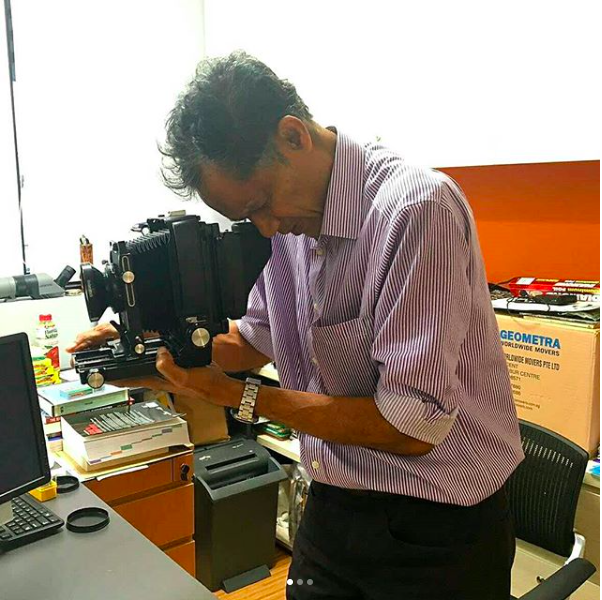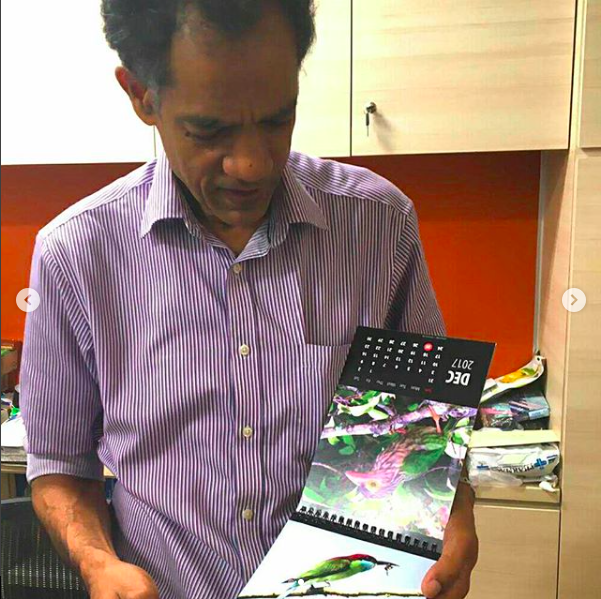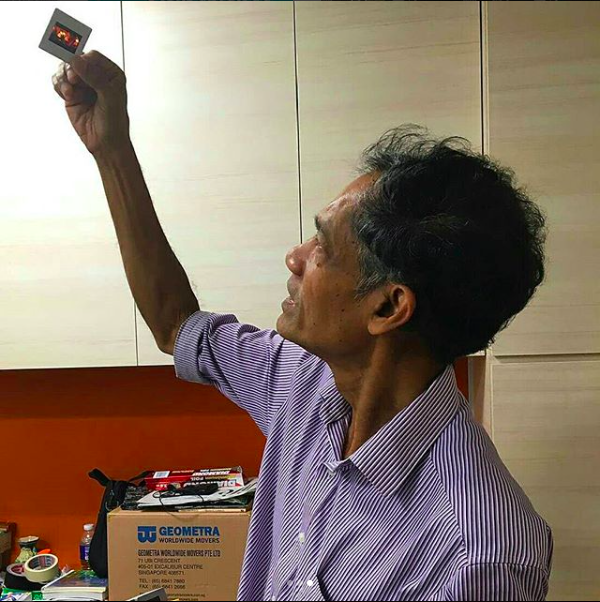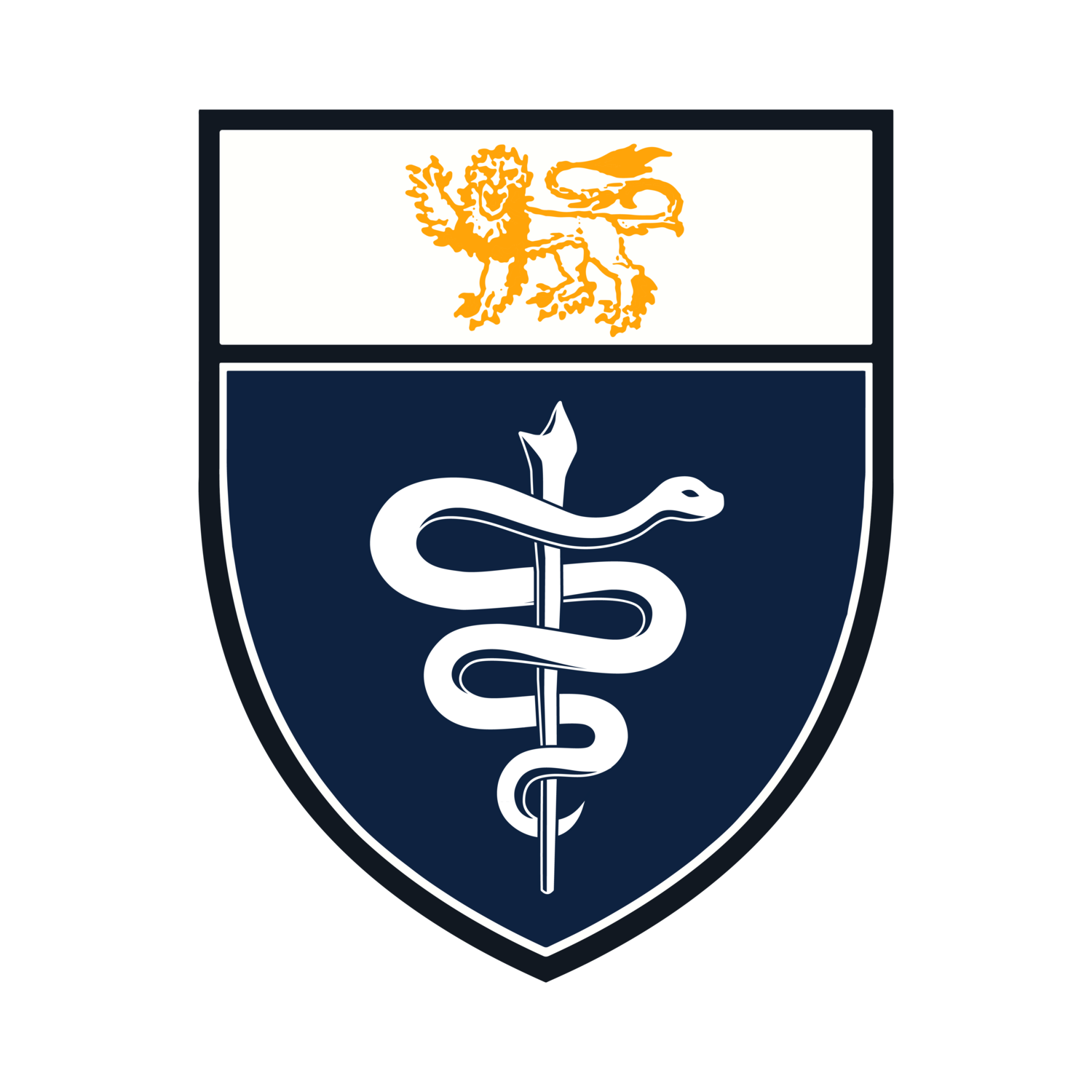During our visit to his office, Prof Raj shared with us about his medical journey, hobbies and research, and some advice for students, which can be read in this 3-part feature. We are sure that many of us have been fortunate to be taught by Prof Raj, and have benefitted from his impactful teaching methods.⠀
⠀
“My first choice was not medicine. I liked mechanical things, so preferably Engineering. But I had to make the choice when I was very young, in Sec 4, as we were being streamed into the medical and non-medical pre-U. I guess I wasn’t adverse to Medicine, but I would have preferred Engineering, but once you make the decision, you are there, and since then I have been in Medicine.⠀
⠀
“Upon graduation, I had to decide which area I might fit best in. I enjoyed working with my hands and chose to take up surgery. Most people took up general surgery because it gave you a broad spread of conditions for you to treat, so I specialized in general surgery and worked as a general surgeon for 4 years. Sometimes it is difficult to anticipate how you might cope with the job. You might like the work, but you do not get a full feel of the work until you are immersed in it. So surgery turned out to be quite demanding—there was little time for rest, was stressful at times, and was beginning to take a toll on my health. I was beginning to lose weight, had a lack of sleep and lost my hobbies. I had to make a critical decision on whether this was an area that I was going to continue. I’m glad I made the decision as it was in the interest of health. Without being healthy, you really don’t get anywhere. So I decided to choose the field that was the closest to surgery, the foundational science for surgery, which is Anatomy. And I haven’t looked back since then. It was a new commitment, almost like re-specialising, but this time, it was as a teacher. It was an interesting challenge, and I don’t have any regrets. I joined in 1979, so that makes it 38 years."
⠀
“For those who want to do surgery, my advice would be to pick it carefully. Make sure that it is in line with your capabilities. You need to know yourself before you can choose a lifelong profession. Sometimes, it takes a bit of exposure to a particular discipline before you know if you match that discipline. I think as far as possible, find an opportunity to be exposed. Shadowing is not quite the same. The best would be to spend some time in the discipline itself after graduation, have a feel of it, and then make the decision. Don’t rush into it as it would be a lifelong decision.”



“My hobbies now are mostly photography and some clay modelling, though clay modelling is mostly related to education. I used to travel, but not so much now. Otherwise, I like the outdoors and tinkering with some old cars, like classic cars from the 70s. They are mechanical, which brings me back to my original hobby, keeping me connected with mechanical engineering in a way. I don’t do all the work, but it’s still good to be looking after a machine. I do some minor maintenance and diagnosis when necessary, but of course the right mechanic is needed to put things right. So before buying any of these cars, you must make sure that you have the right mechanic, and are able to get the spare parts required. ⠀
“In the past, I did take up a ceramic course for clay modelling, but did not have time to explore further. I took up these hobbies after graduation as we didn’t have these opportunities then when we were still in school. We had the interests, but no way of pursuing them. So, for many of my hobbies, I had to take up later in life, including music—I had learnt a little bit of guitar and so on. Those days, things were very conservative. If you were in school, you study, there was no specific training for extra-curricular activities.
“One kind of photography I do is bird photography, at areas such as Kent Ridge park. Every year, I collate some of the photos into calendars and give them to my friends. I have a huge amount of photography equipment, and had spent quite a lot of money in my younger days on photography. I used to do my own printing, with the solutions and dark room and enlarger. The enlarger I bought in those days was enough to buy a used car. A hobby is something you are really interested in, and I never regretted it. Those were fantastic times. I also used to take photos for playhouse and the class photos in front of the old MD6.”
(Photos: Prof Raj looking through his view camera; Prof Raj holding the calendar made with photos taken by him; Prof Raj looking at an old photo he had taken of Playhouse)
“My research took me back to my interest in engineering, so I like things that are mechanical like joints and how they work. My earlier study was on the knee joint, with special interest on the locking mechanism to find out how it worked. As a teacher, you tend to read the book to understand how to explain to the students, but the locking mechanism was one of those things that I couldn’t understand from the book and explain. So, I thought that I could do some research on it, and I found an answer to how it worked—how the contours affected the way the two bones turned. It was based on observations, and then recreating the joint to see the different kinds of movements generated by the different kinds of contours. It is still quoted in Gray’s Anatomy, and it’s good to have been of some use contributing to anatomy. But I think more of the fun is in discovering the answer to a question that you ask. Currently, we are trying to find out why we need to have the locking and unlocking. It probably has to do with the way we walk, but we have to do further studies. It should be interesting! I also had similar interests in the shoulder joint, hip joint and so on. It is interesting to try and solve problems which you can then understand and explain to people. Anatomy is a subject that you need to understand, and not just memorise. ⠀
⠀
“Those days, the curriculum was not that well-organised and well-defined, so we had to learn everything. The information was excessive as we were all learning from textbooks. The teaching was not that well-structured, I had great difficulty comprehending some of the subjects. Now, the science is understood so much better, and it is more interesting to learn the subjects. ⠀
⠀
“Then we lived in a community. The medical school was next to the medical hospital and SGH, so there was a community of pharmacy, nursing and medical students, so we felt good, and got along. We still catch up with the class once in a while—the class of 1971.” ⠀
⠀
Advice for students who find it difficult to study anatomy: “Strong foundations are important, and any time spent with your foundations will not be regretted as you apply your foundations throughout your training and when you are practicing as a doctor. So you need to be grounded on sound foundations. After that it is easy to build up on the details, to understand the functional significance and clinical relevance. The amount of information is so vast, so you need to keep up with your work and not postpone things too much. There must be a minimum interval before you revisit the subject and get it reinforced, which I can see some of the students doing now, and I can see that they have great prospects. I think all of the students are smart, but some students are studying smart. If you study smart on material that you are going to use for a very long time, I think that’s a wise move.”


